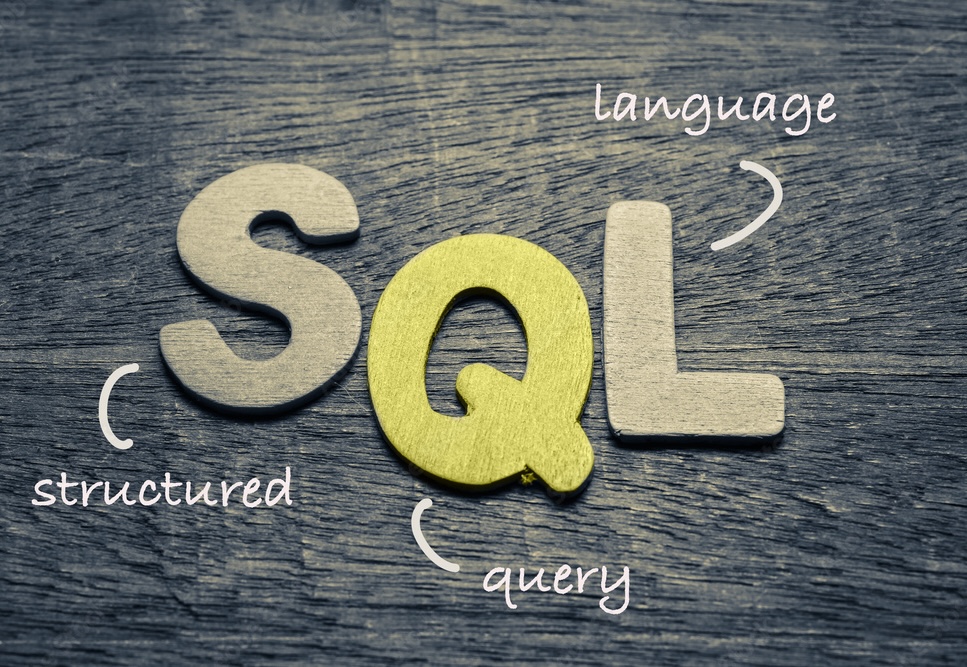Exploring SQL Components and Important Details
Written on July 13th, 2024 by Aashay Zende
Exploring SQL Components and Nitty-Gritty Details
Introduction
SQL is a powerful tool for managing and manipulating relational databases. It can be divided into three main components: the Data Definition Language (DDL), the Data Manipulation Language (DML), and the Data Control Language (DCL). Each component serves a distinct function in the database management process. Additionally, understanding the finer details of SQL, such as reserved words, data types, and execution methods, is crucial for effective database management.
The Major Components of SQL
Data Definition Language (DDL)
The Data Definition Language (DDL) is used to define and modify the structure of a database. This includes creating, altering, and dropping tables, views, schemas, and other database objects. Here’s an example of creating a table using DDL:
CREATE TABLE CUSTOMER (
CustomerID INTEGER,
FirstName CHAR (15),
LastName CHAR (20),
Street CHAR (30),
City CHAR (25),
Region CHAR (25),
Country CHAR (25),
Phone CHAR (13) )
Data Manipulation Language (DML)
The Data Manipulation Language (DML) operates on the data within the database. It includes commands for inserting, updating, deleting, and retrieving data. Here’s an example of a simple SELECT statement using DML:
SELECT * FROM PRODUCT;
Data Control Language (DCL)
The Data Control Language (DCL) is responsible for maintaining the security and integrity of the database. It includes commands for granting and revoking user permissions and controlling transactions to ensure data consistency.
Creating and Managing Database Structures
Creating Tables
A table is a fundamental database object that stores data in rows and columns. Here’s an example of creating a CUSTOMER table:
’’’ CREATE TABLE CUSTOMER ( CustomerID INTEGER PRIMARY KEY, FirstName CHAR (15), LastName CHAR (20) NOT NULL, Street CHAR (25), City CHAR (20), State CHAR (2), Zipcode CHAR (10), Phone CHAR (13) ); ‘’’
Creating Views
Views are virtual tables that present data from one or more tables. They are useful for simplifying complex queries and controlling data access. Here’s an example of creating a view:
CREATE VIEW EMP_CONTACT AS
SELECT FirstName, LastName, Street, City, State, Zip, Phone, Email
FROM EMPLOYEE;
Using Schemas and Domains
Schemas help organize tables and other database objects, while domains restrict the type of data that can be entered into specified fields. Here’s an example of creating a schema and a domain:
CREATE SCHEMA RETAIL1;
CREATE DOMAIN Color CHAR (15)
CHECK (VALUE IS 'Red' OR 'White' OR 'Blue');
Operating on Data with DML
Adding Data
Data can be added to tables using the INSERT statement. Here’s an example:
INSERT INTO CUSTOMER (CustomerID, FirstName, LastName, Street, City, State, Zipcode, Phone)
VALUES (1, 'Abe', 'Lincoln', '1600 Pennsylvania Avenue NW', 'Washington', 'DC', '20500', '202-555-1414');
Updating Data
The UPDATE statement modifies existing data in a table. Here’s an example:
UPDATE PRODUCT
SET Cost = 22.00
WHERE Name = 'Bike helmet';
Deleting Data
The DELETE statement removes data from a table. Here’s an example:
DELETE FROM TRANSACTION
WHERE TransDate < '2019-01-01';
Maintaining Security with DCL
Granting and Revoking Access
The GRANT statement assigns permissions to users, while the REVOKE statement removes them. Here’s an example of each:
GRANT SELECT ON PRICELIST TO PUBLIC;
REVOKE SELECT ON PRICELIST FROM PUBLIC;
Drilling Down to the Important SQL Stuff:
Executing SQL Statements
SQL can be used interactively, embedded in host languages, or organized into modules. Each method has its own use cases and benefits.
Using Reserved Words Correctly
SQL has many reserved words that should not be used as object names to avoid confusion. Examples include SELECT, FROM, and WHERE.
SQL’s Data Types
SQL supports a variety of data types, including exact numerics (INTEGER, SMALLINT, NUMERIC), approximate numerics (REAL, DOUBLE PRECISION), and character strings (CHAR, VARCHAR, CLOB).
Conclusion
Understanding the major components of SQL and the detailed aspects of the language is crucial for effective database management. Whether you are defining structures, manipulating data, or maintaining security, SQL provides a robust set of tools to meet your needs.
